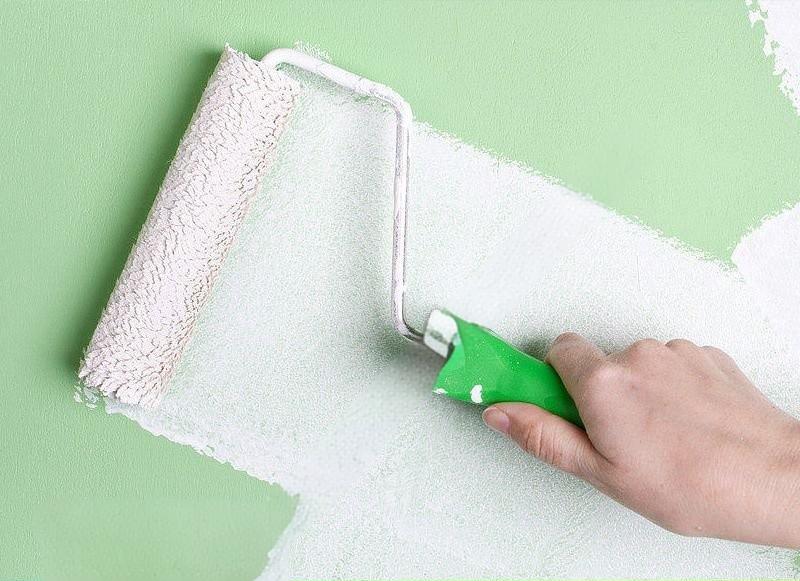Adding hydroxypropyl methylcellulose (HPMC) to paint requires proper handling to ensure even dispersion, optimal thickening, and consistent performance. Here’s a step-by-step guide for incorporating HPMC into paint formulations:
1. Selection of the Appropriate HPMC Grade
- Choose the HPMC grade suitable for your paint formulation:
- Viscosity: Low-viscosity HPMC dissolves faster and is ideal for applications requiring smooth finishes, while high-viscosity grades provide superior thickening.
- Purity: Ensure the selected grade meets the required quality standards for your specific paint type (e.g., water-based or latex paint).
2. Pre-Mixing Preparation
- Dry Blending (Optional):
If using powdered paint components, pre-mix HPMC with other dry ingredients to help distribute it uniformly before hydration. - Cold or Warm Water Preparation:
Decide whether to dissolve the HPMC in cold or warm water, depending on its thermal gelation properties:- Cold Water Dissolution: Slows down hydration, allowing better dispersion.
- Warm Water Dissolution: Initiates quick hydration but requires careful stirring to avoid lump formation.
3. Dispersion of HPMC
- Slow Addition to Water:
Gradually sprinkle the HPMC powder into the water while continuously stirring to prevent lumps.- Use a high-speed disperser or agitator for industrial setups.
- Maintain consistent stirring to ensure even dispersion.
- Avoid Adding in Clumps:
Directly adding large quantities of HPMC can cause agglomeration, leading to uneven mixing and reduced effectiveness.
4. Hydration Phase
- Cold Water Method:
- Mix HPMC in cold water and let it soak for 30–60 minutes to hydrate fully.
- After complete dispersion, the viscosity will build up gradually.
- Two-Step Method (Hot and Cold):
- Pre-dissolve HPMC in hot water (above the gelation temperature) to disperse without thickening.
- Add cold water after dispersion to initiate hydration.
5. Incorporation into Paint
- Once the HPMC solution or hydrated mixture is ready:
- Slowly add it to the paint formulation while stirring continuously.
- Blend thoroughly to achieve a uniform consistency.
6. Testing and Adjustment
- Viscosity Check:
Measure the paint’s viscosity after adding HPMC and adjust as needed with more HPMC or diluents. - Compatibility Testing:
Ensure that the HPMC is compatible with other components of the paint, such as pigments, binders, and additives.
7. Storage and Stabilization
- Allow the paint mixture to stabilize for a few hours to ensure uniform thickening and optimal performance.
- Stir the final product gently before packaging or application to eliminate air bubbles.
Tips for Effective Usage
- pH Sensitivity: Ensure the pH of the paint formulation is compatible with HPMC for optimal performance (typically 6–8).
- Avoid Overheating: Excessive heat during mixing may degrade the HPMC, reducing its effectiveness.
- Regular Quality Control: Monitor paint properties like viscosity, leveling, and sag resistance to ensure consistent quality.


